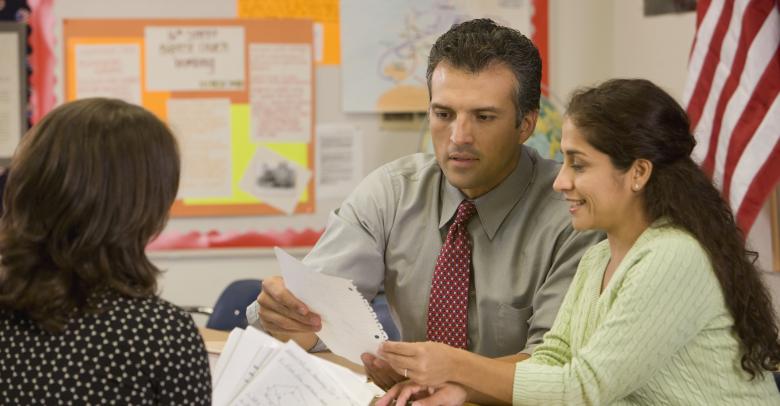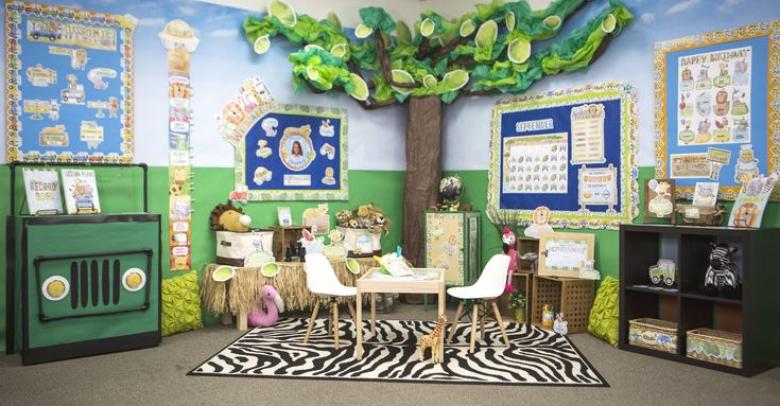Teachers know. It’s that simple. Teachers know what works for their students and for themselves in the classroom. They know when their students are having the a-ha moments that make everything worthwhile—when the information and practices “click” and the students get it and move forward.
Teachers know.
But how do teachers wade through the piles of materials available to them to find those gems—the materials that will make a true difference for their students and themselves? And more importantly, how do they do it efficiently, so that the finding and vetting don’t take more time and energy than the value the materials bring?
There are a few key factors to look for that take the mystery and angst out of finding the right materials to meet your needs.
Created by Teachers
Like we said—teachers know. You can quickly tell when materials are not created by teachers. They may be creative or fun or sound like a great idea—but you read a sample page or two and are flooded with “What about this?” type of questions. What about group B while group A is doing this? What about my language learners? What about assessment? What about outcomes?
When materials are created by teachers for teachers and students, these questions are answered easily and clearly. They are woven into the materials because a true teacher knows what the realities of the classroom are and what teachers and students need.
Standards-Based
Standards are there for a reason, and they matter. Mastery of standards-based skills and processes is fundamental to a quality education. If the materials are grounded in standards, then they can offer purpose and focus. If not, then it’s just throwing darts while blindfolded and hoping to hit the target. Good luck with that!
There are only so many hours in a school day and only so much that can be focused on. Purpose-driven education is a must to do what needs doing throughout the day, week, month, and year. If the materials are not based in standards, they usually aren’t worth the time.
Proven Success
A track record of success beats just about anything when it comes to the core value of materials. We know it works because…it works! Have the materials been used in real classrooms with real teachers and real students? Have they met with expected levels of growth? Can the value be validated? If so, then the materials are safe bets for use in your classroom.
This seems like such a simple concept, doesn’t it? However, knowing if a material has proven successful can easily be forgotten in the tidal wave of available resources.
Ease of Use
Some materials seem amazing; the bells are shiny and the whistles make beautiful music. But in the end, that’s all they are—bells and whistles. They are sparkling, pretty things that end up mere obstructions to both the ease and benefits of the material.
Materials may have clear roadmaps for their use, but if those maps are complex and cumbersome, and the road is not easy to see in a few manageable steps, then teachers know they won’t be used. They simply aren’t worth the time. The box will stay unopened and dusty in the corner, the workbook will remain balanced on a shelf, and the lesson will stay in the “I’ll get to this when I can” folder—but “when I can” never comes.
This is not to be confused with “robust,” of course. Robust and complex are not synonyms. Simple to understand, simple to use, simple to get results—that’s what makes for a worthwhile product.
What Your Gut Tells You
When all is said and done, nothing can take away from teacher instinct. It goes back to where we started. Teachers know. Teachers know what’s right, what works, what’s worth their time and their students’ effort. Teachers—you—know what they are doing. You can feel it, and there’s nothing that can beat your own instinct and understanding.
Like we said… teachers know.

Dona Herweck Rice, former editor-in-chief for Teacher Created Materials, currently serves as an author and educational consultant. Dona has extensive teaching experience and has authored single titles for the education market, for grades PreK–12 across all content areas, including language arts, science, social studies, mathematics, and the creative arts, including many titles in the TIME For Kids Nonfiction Readers, Science Readers, Primary Source Readers, Reader’s Theater, and Early Childhood Themes lines.






Leave a Reply